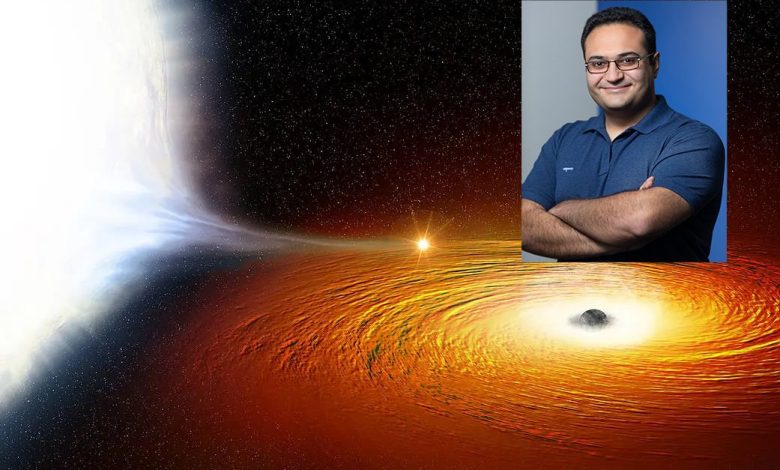Astronomers produce most detailed sensitive image ever of ancient star cluster

A global team of astronomers including an Iranian scientist named Arash Bahramian have created the most sensitive radio image ever of a globular cluster, an ancient ball of tightly-packed stars.
The image is of the second brightest globular cluster in the night sky—known as 47 Tucanae—and was produced by a team led by the Curtin University node of the International Centre for Radio Astronomy Research (ICRAR) in Western Australia.
The scientists also detected a previously undiscovered radio signal from the centre of the cluster.
Astronomer Dr Arash Bahramian, from ICRAR’s Curtin University node, says star clusters are an ancient relic of the early Universe. “Globular clusters are very old, giant balls of stars that we see around the Milky Way,” he said.
They’re incredibly dense, with tens of thousands to millions of stars packed together in a sphere, he added.
“Our image is of 47 Tucanae, one of the most massive globular clusters in the galaxy. It has over a million stars and a very bright, very dense core.”
Dr Bahramian said the ultra-sensitive image was created from more than 450 hours of observations on CSIRO’s Australia Telescope Compact Array (ATCA), on Gomeroi Country. It is the deepest, most sensitive radio image ever compiled by any Australian radio telescope.
Dr Bahramian said 47 Tucanae can be seen with the naked eye, and was first catalogued in the 1700s.
But he said imaging it in such great detail allowed astronomers to discover an incredibly faint radio signal at the centre of the cluster that had not been detected before.
Lead author Dr. Alessandro Paduano, from ICRAR’s Curtin University node, said the detection of the signal was an exciting discovery and could be attributed to one of two possibilities.
“The first is that 47 Tucanae could contain a black hole with a mass somewhere between the supermassive black holes found in the centers of galaxies and the stellar black holes created by collapsed stars.” he said.
“While intermediate-mass black holes are thought to exist in globular clusters, there hasn’t been a clear detection of one yet,” he added.






